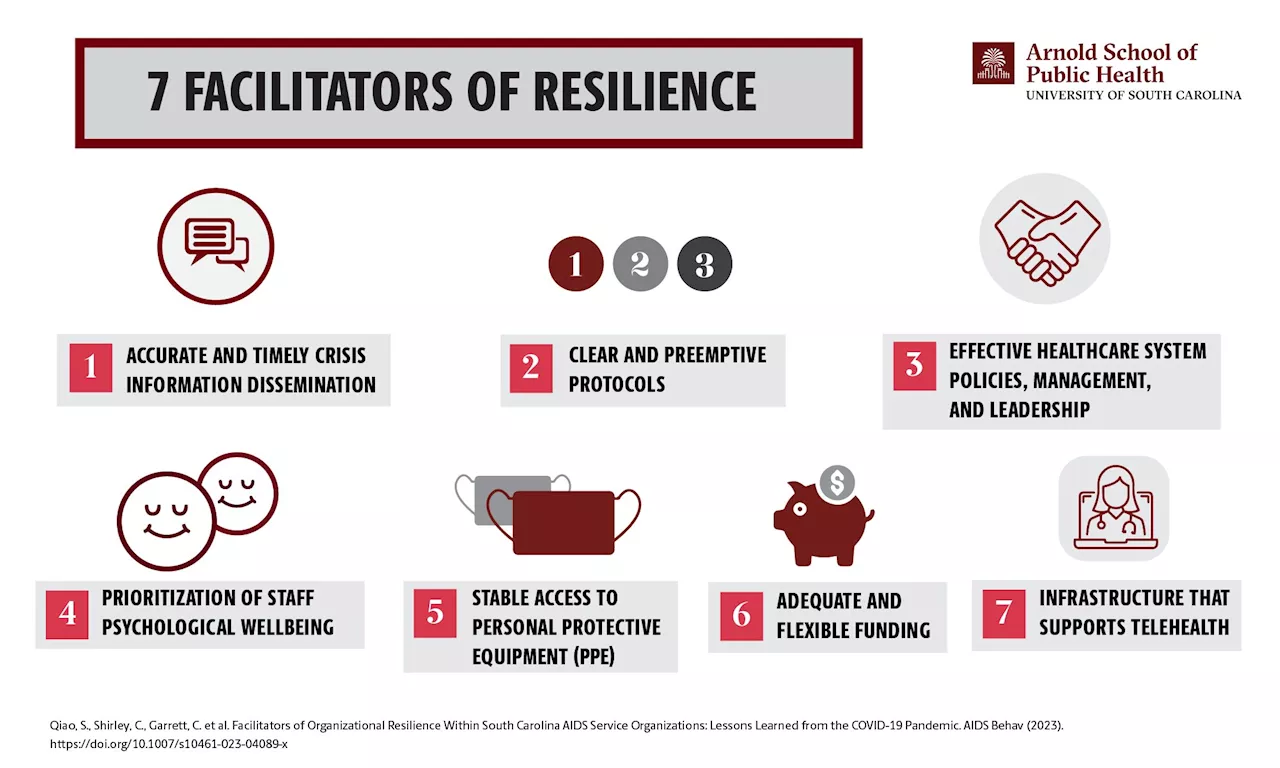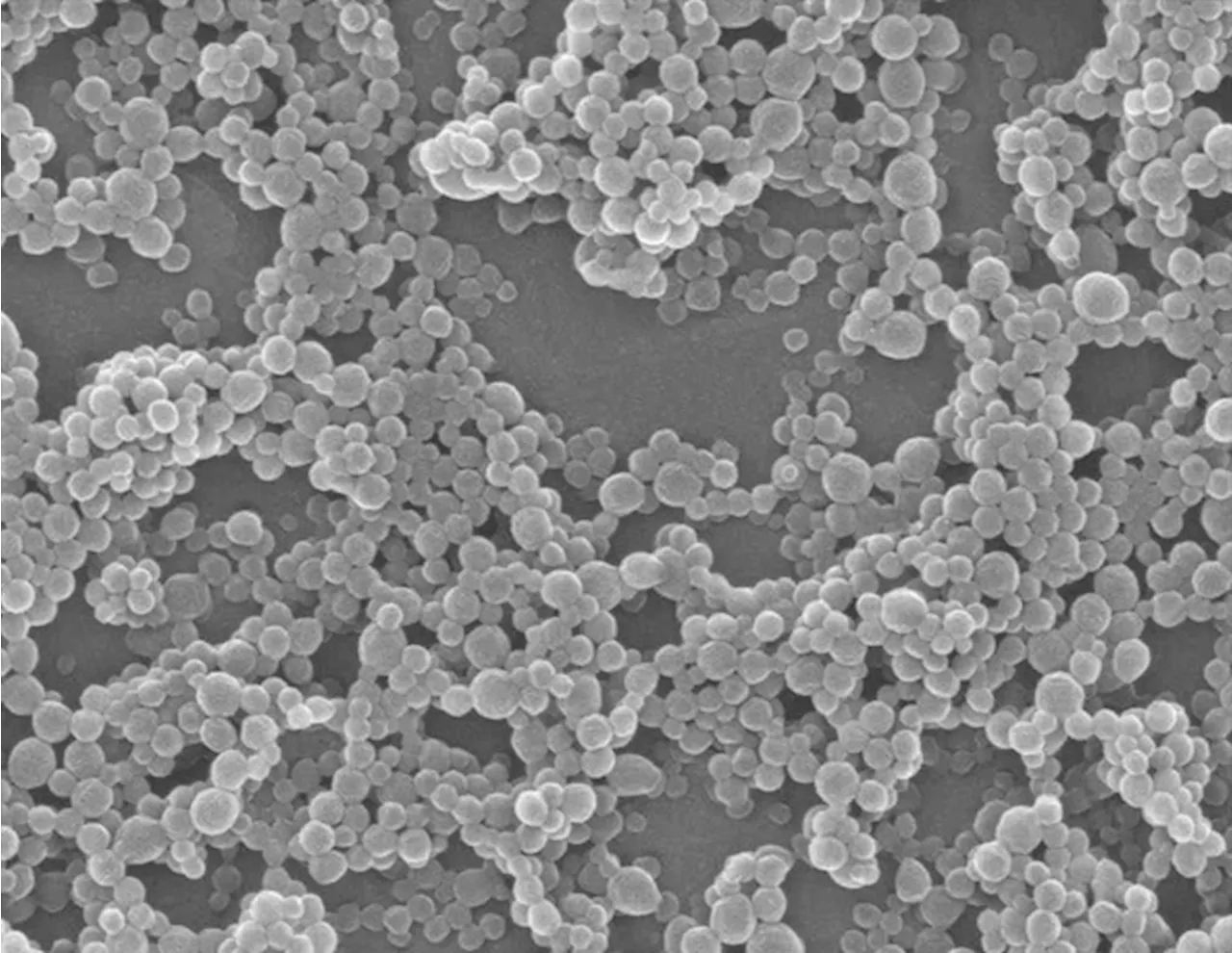Researchers have developed a gluten-free sourdough bread fortified with Moringa oleifera, an unconventional crop known for its health benefits.
By Neha MathurOct 30 2023Reviewed by Susha Cheriyedath, M.Sc. In a recent article published in the journal Foods, researchers developed novel types of gluten-free sourdough bread with a pseudocereal formulation containing Moringa oleifera, an unconventional crop that promotes health.
How the Bread Was Made and Tested In the present study, researchers evaluated whether enriching gluten-free sourdough bread made of pseudocereals with Moringa oleifer leaf powder enhances its nutritional properties, especially its protein, amino acids, soluble fiber, and essential mineral content. Nutritional Breakdown: Protein, Fats, and More During the analysis, they determined the moisture, protein, total fat, ash, total dietary, soluble, and insoluble fiber composition of these breads using the standard methods outlined by the Association of Official Analytical Chemists and their pH, total titratable acidity , lactic and acetic acids content.
Related StoriesDuring statistical analysis, a two-way ANOVA test helped examine the differences in the amino acids, fatty acids, proximate composition, mineral bioaccessibility, antioxidant capacity, folates, and TPC content across all bread samples studied. The post hoc HSD Tukey test was used to compare least mean squares, where p < 0.05 was considered statistically significant.
Moringa oleifer also increased the ash content of reformulated bread significantly, especially in the QM bread , while the COM bread obtained a much lower ash content . The color darkening observed after adding Moringa leaf could be considered a positive point, as gluten-free breads typically have a poor color. It also improved the aroma and texture but did not enhance acceptability among the consumers, who preferred the sensory attributes contributed by the pseudocereals alone.
United Kingdom Latest News, United Kingdom Headlines
Similar News:You can also read news stories similar to this one that we have collected from other news sources.
 Researchers Develop Thermally Stable Perovskite Solar CellsA team of scientists from the University of Hong Kong CityU has developed a self-assembled monolayer that enhances the thermal stability of perovskite solar cells. The cells retain over 90% of their efficiency even after being exposed to high temperatures for over 1,000 hours.
Researchers Develop Thermally Stable Perovskite Solar CellsA team of scientists from the University of Hong Kong CityU has developed a self-assembled monolayer that enhances the thermal stability of perovskite solar cells. The cells retain over 90% of their efficiency even after being exposed to high temperatures for over 1,000 hours.
Read more »
 Researchers identify key takeaways for AIDS service organizations to ensure resilienceThe COVID-19 pandemic overwhelmed health care systems across the United States. More than 100 million cases and one million deaths later, clinicians and researchers are still unraveling the lessons learned from this global public health crisis.
Researchers identify key takeaways for AIDS service organizations to ensure resilienceThe COVID-19 pandemic overwhelmed health care systems across the United States. More than 100 million cases and one million deaths later, clinicians and researchers are still unraveling the lessons learned from this global public health crisis.
Read more »
 Plant-based materials will be the building blocks for soft medical microrobotsA team of University of Waterloo researchers has created smart, advanced materials that will be the building blocks for a future generation of soft medical microrobots.
Plant-based materials will be the building blocks for soft medical microrobotsA team of University of Waterloo researchers has created smart, advanced materials that will be the building blocks for a future generation of soft medical microrobots.
Read more »
 Study Explores Neural Networks for Semantic Integration in the Human BrainResearchers investigate the neural networks in the left language-dominant hemisphere responsible for semantic integration using intracranial recordings in epilepsy patients during reading tasks.
Study Explores Neural Networks for Semantic Integration in the Human BrainResearchers investigate the neural networks in the left language-dominant hemisphere responsible for semantic integration using intracranial recordings in epilepsy patients during reading tasks.
Read more »
 Current jargon on antibiotic resistance fails to stick or scare, study findsResearchers find that current terminology related to antimicrobial resistance (AMR) fails to effectively communicate the risks to the public. The study reveals that terms like 'AMR' and 'antimicrobial resistance' are poorly remembered and do not evoke sufficient risk perception, highlighting the need for improved public health messaging.
Current jargon on antibiotic resistance fails to stick or scare, study findsResearchers find that current terminology related to antimicrobial resistance (AMR) fails to effectively communicate the risks to the public. The study reveals that terms like 'AMR' and 'antimicrobial resistance' are poorly remembered and do not evoke sufficient risk perception, highlighting the need for improved public health messaging.
Read more »
 New blood test revolutionizes early cancer detection in Li-Fraumeni Syndrome patientsCanadian researchers develop a cell-free DNA-based multimodal assay for early cancer detection in patients with Li-Fraumeni Syndrome, a high-cancer-risk condition. The assay outperforms conventional methods, promising more sensitive and less invasive cancer surveillance.
New blood test revolutionizes early cancer detection in Li-Fraumeni Syndrome patientsCanadian researchers develop a cell-free DNA-based multimodal assay for early cancer detection in patients with Li-Fraumeni Syndrome, a high-cancer-risk condition. The assay outperforms conventional methods, promising more sensitive and less invasive cancer surveillance.
Read more »
